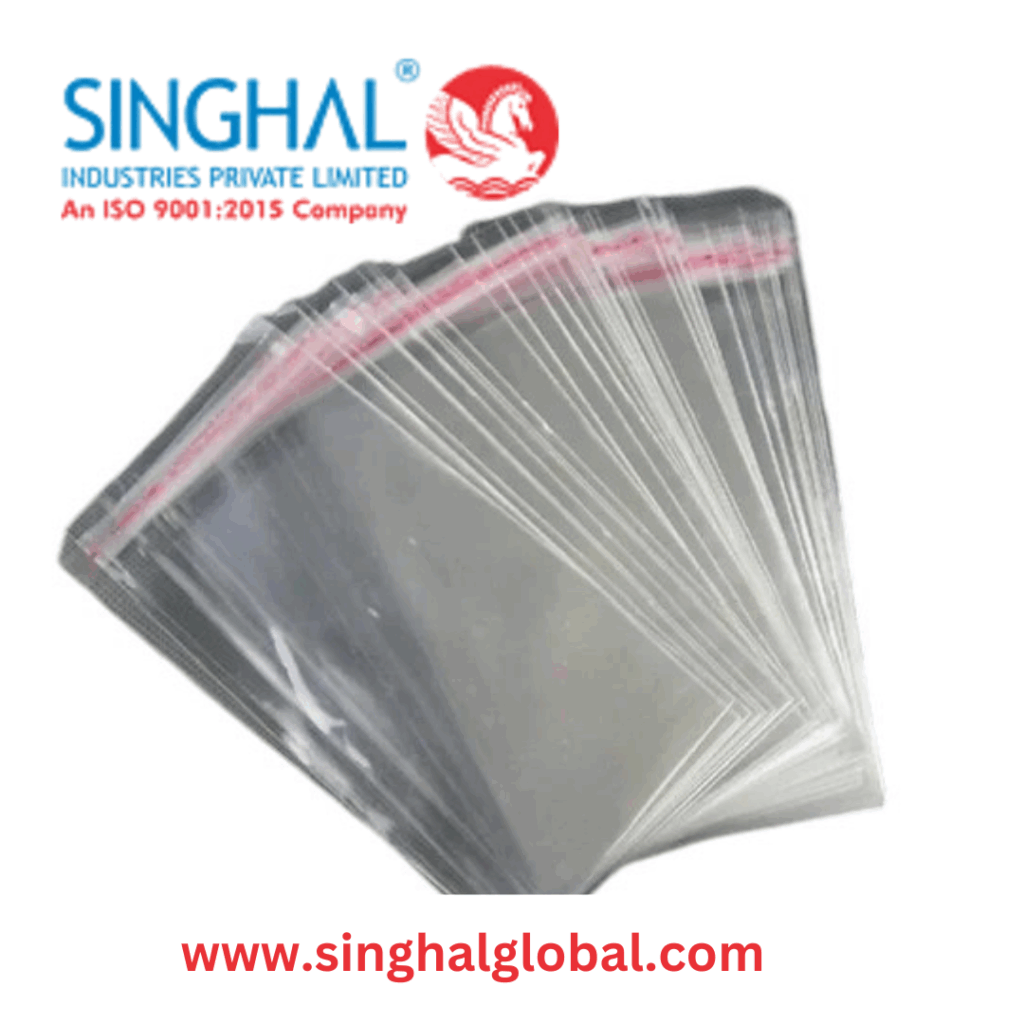In the ever-growing world of custom apparel, businesses and consumers alike are seeking options that combine durability, style, and quality. Among the various methods for decorating garments, custom embroidery stands out as a premium choice. Renowned for its professional look, long-lasting finish, and versatility, embroidery is increasingly becoming a preferred method for on-demand apparel customization.
This article explores why custom embroidery near me is the best way to print on demand, highlighting its process, benefits, and applications.
What Is Custom Embroidery?
Embroidery is the art of stitching designs directly onto fabric using thread. Unlike printing methods, embroidery adds a textured, three-dimensional element to apparel, creating a luxurious and durable finish. Custom embroidery involves digitizing a design and using specialized machines to bring it to life on garments such as shirts, jackets, hats, and bags.
The Process of Custom Embroidery
- Design Digitization
The first step in custom embroidery is converting the design into a format that embroidery machines can read. This process, known as digitization, translates the artwork into stitches, determining thread colors, stitch types, and density.
- Machine Setup
Once the design is digitized, the garment is secured in an embroidery hoop to keep it taut during stitching. The hoop is then placed into the embroidery machine, which is programmed with the digitized design.
- Stitching
The machine uses multiple needles to stitch the design onto the fabric. Each needle is loaded with a different thread color, allowing for intricate, multi-colored designs.
- Finishing Touches
After the stitching is complete, the garment is removed from the hoop. Loose threads are trimmed, and the fabric is pressed to ensure a polished look.
Why Custom Embroidery Excels for On-Demand Printing
- Unmatched Durability
Unlike printed designs that may fade or crack over time, embroidered designs are made to last. The stitched threads are resistant to wear, washing, and weather, ensuring that the design maintains its integrity for years.
- Premium Appearance
Embroidery exudes a sense of professionalism and quality. Its textured finish and vibrant colors make it ideal for corporate apparel, team uniforms, and personalized gifts.
- Versatility
Embroidery works well on a wide range of fabrics, from cotton and polyester to thicker materials like denim and fleece. This makes it suitable for various apparel and accessories, including shirts, jackets, caps, and tote bags.
- On-Demand Efficiency
With advancements in embroidery technology, it’s easier than ever to create custom designs on demand. Automated machines and streamlined processes allow businesses to fulfill small orders quickly without compromising quality.
- Eco-Friendly Option
Embroidery uses minimal resources and produces less waste compared to some printing methods, making it a sustainable choice for environmentally conscious businesses and consumers.
Applications of Custom Embroidery
- Corporate Branding
Businesses often use embroidered logos on uniforms and promotional apparel to enhance their brand’s professional image. The durability of embroidery ensures that the branding remains intact, even with frequent use.
- Team and Club Apparel
Sports teams, school clubs, and community organizations frequently choose embroidery for their apparel. The method’s ability to handle intricate logos and lettering makes it perfect for team uniforms and gear.
- Personalized Gifts
Custom embroidery adds a personal touch to gifts such as monogrammed towels, hats, or shirts. The unique, high-quality finish makes these items memorable and special.
- Fashion and Retail
Many clothing brands incorporate embroidery into their designs to add a unique and upscale look. From casual t-shirts to luxury jackets, embroidered details elevate the appeal of garments.
Advantages Over Other Printing Methods
While other printing methods like screen printing and Direct-to-Garment (DTG) printing have their own merits, embroidery stands out in several key ways:
- Durability: Embroidered designs don’t peel or fade, making them ideal for heavy-duty use.
- Professionalism: The raised, textured finish of embroidery gives garments a sophisticated, polished look.
- Suitability for Accessories: Unlike printing, embroidery works well on accessories like hats and bags, where fabrics can be thicker or more textured.
Limitations to Consider
While custom embroidery offers numerous benefits, it’s important to be aware of its limitations:
- Cost: Embroidery can be more expensive than printing, particularly for large or highly detailed designs.
- Design Complexity: Extremely intricate designs with fine details or gradients may not translate as effectively into stitches.
- Fabric Restrictions: While embroidery works well on many fabrics, very lightweight or stretchy materials may not hold up as well under the stitching process.
Why Embroidery Is Ideal for On-Demand Services
On-demand businesses thrive on efficiency, quality, and customer satisfaction—qualities that custom embroidery inherently delivers. Automated embroidery machines and digital tools make it possible to produce high-quality results in small batches or even single orders. This flexibility allows businesses to cater to personalized requests quickly, enhancing customer loyalty.
Conclusion
Custom embroidery stands out as the best way to print on demand due to its unmatched durability, premium appearance, and versatility. Whether it’s for corporate branding, team apparel, or personalized gifts, embroidery adds a timeless, high-quality touch to garments and accessories.
As technology continues to advance, the embroidery process becomes even more efficient and accessible, making it an excellent choice for businesses and consumers alike. By choosing embroidery for your custom apparel needs, you’re investing in a method that combines style, longevity, and exceptional craftsmanship.









